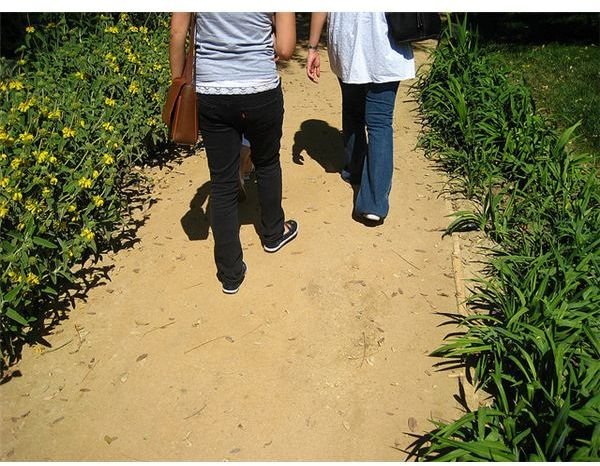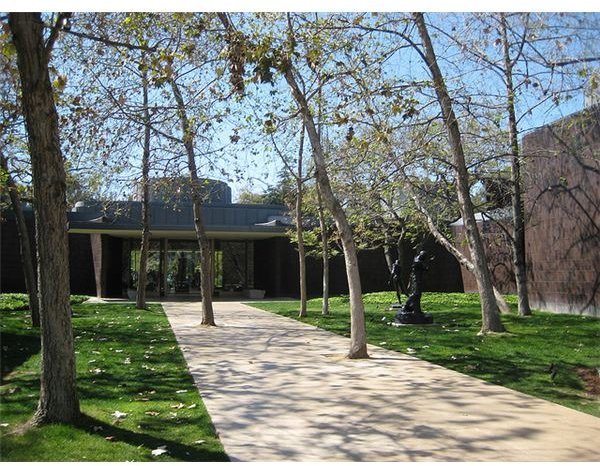Using Decomposed Granite in Paving Concrete
Decomposed Granite Is a Versatile Material
Decomposed granite is granite that has broken down over long periods of time into material that is pebble-sized or like grit. The quarry where it is found determines its color, and it can come in a lot of very pleasing hues. Decomposed granite has sizes of a quarter inch to a fine sand consistency. Compared to other materials it is a fine mixture and can be of charcoal gray color as well as brown and tan colors. When laid in pathways or driveways, it can present a very natural appearance.
Image Source: Flickr, citda-vita
Decomposed granite costs less than concrete, but it does not have the strength of that material. It can be used alone or with other additives that will add to the durability of the decomposed granite. Decomposed granite is also available as granite sand which has pleasing hues of gold, gray, or ginger. This material used as filler between stones or paving blocks can give a finished appearance to the paving. The mineral content in decomposed granite also allows it to be used to make a soil amendment for gardening. It also helps to conserve moisture and prevents the growth of weeds. When it is used in landscaping, decomposed granite helps drainage and prevents erosion.
Paving with Decomposed Granite

Just like in any civil engineering project, the relevance of a proper foundation is of utmost importance before you start any work on decomposed granite paving. The sub grade must be properly leveled and compacted till it attains a density of at least 95 percent of its laboratory calculated density. Proper moisture content and adequate number of passes by the compactor used will easily achieve this targeted density.
Decomposed granite paving specifications would be determined by the type of usage and desired strengths. While paths and walkways do not require great strength, paving used for driveways, horse paths, etc., may require more attention to be paid to this aspect.
Image Source: Flickr, citta-vita
For walkways and paths, decomposed granite can be used alone in two layers of 1 1/2 inches. It is best to use some sort of edging for such walkways made of bricks or concrete blocks. This will help to protect the edges and add to the longevity of the walkway. Compaction is a must and care should be taken to see that the upper surface is uniform without any pits or holes.
Using decomposed granite with the addition of stabilizers or resins can extend the life of the paving. This however requires the use of proper mixing equipment or can be bought premixed from certain suppliers. The costs of these additives do reduce economy, but the increased life extending up to ten years can more than make up for this.
The finished look of decomposed granite will depend on the type of granite from which this granite is obtained. Granite effect concrete paving in the UK will be quite different from granite effect concrete paving in the US, as the types of granite available in these two countries varies widely. The material is however quite commonly used in both continents for very agreeable effects. As this is natural material, granite paving environmental impact makes it more than a suitable material for use in paving. It is also quite common to use granite stone slabs for paving, and granite paving cobbles found in California’s Napa valley is an instance of this.
References
Pave the way with decomposed granite
